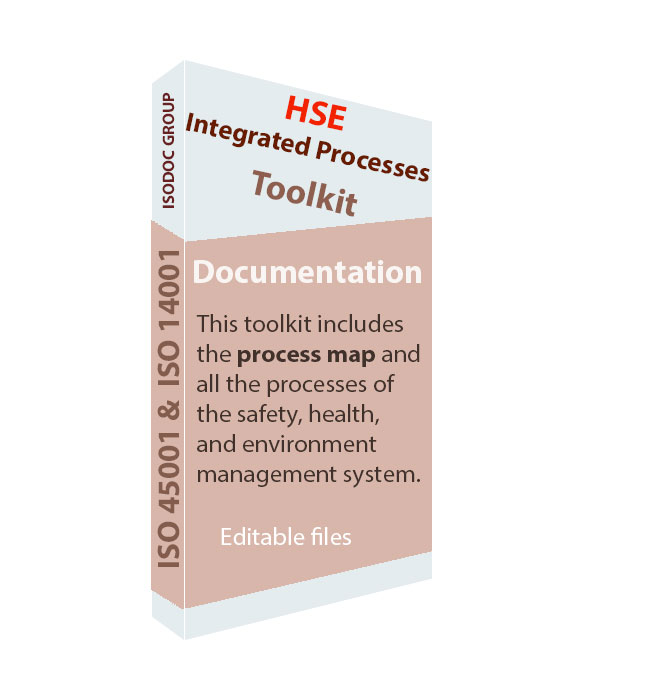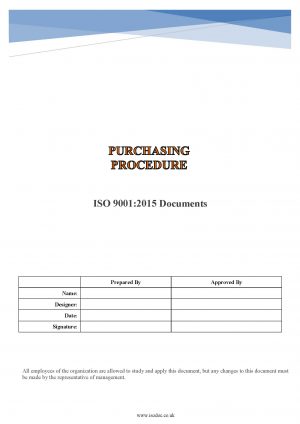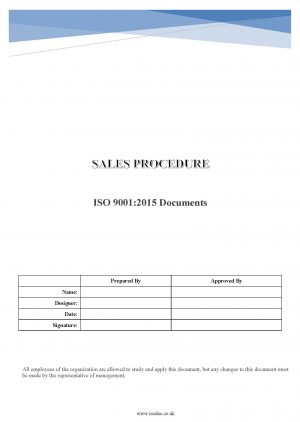Description
Integrated HSE processes are defined as developed information that demonstrates the mechanism of an organization’s affairs from receiving inputs to delivering products or services in detail and separately in the tasks of each process. In this toolkit, we have compiled all the processes of the health, safety (ISO 45001), and environment management system (ISO 14001), which includes the following key information, as well as interaction and communication between processes:
- Inputs
- activity
- Documentation
- responsibility
- Resources
- Outputs
What processes does this toolkit include?
In this package, we have thoroughly prepared the following processes. With the exception of the Process Map file, which is in Visio format, all process files are documented in Word format, allowing for easy customization to meet the specific needs of your business.
Process Map, Communication Process, Competence and Awareness Process, Consultation and participation process, Determining legal requirements, Documents control process, Elimination of hazardous process, Emergency preparedness and response Process, Environmental Aspects Process, Evaluation of compliance process, Hazard identification Process, Incident, Investigation, and Reporting Process, Internal audit process, Management review process, Monitoring, and analysis process, Nonconformity and Corrective Action Process, Operational Planning and Control Process, Procurement process, Resources management process, Risk and opportunity management process.
What is the importance of integrated HSE processes?
In today’s rapidly evolving industrial landscape, the integration of Health, Safety, and Environmental (HSE) processes has become essential for ensuring the sustainability and operational efficiency of organizations. An integrated HSE management system is not just a compliance tool; it’s a strategic approach that harmonizes safety protocols, health management, and environmental stewardship into a unified framework.
Enhancing Operational Efficiency
Integrating HSE processes allows for the seamless alignment of safety protocols with environmental and health management strategies. This holistic approach reduces redundancy, improves communication across departments, and streamlines operations. By adopting an integrated system (IMS), organizations can minimize risks, reduce incidents, and ensure the well-being of their workforce while simultaneously promoting environmental responsibility.
Risk management and compliance in integrated HSE processes
An integrated HSE process framework is pivotal in identifying, assessing, and mitigating the risks of occupational hazards before they become critical issues.
By unifying these processes, organizations are able to more effectively meet regulatory requirements and demonstrate compliance with international standards for occupational health and safety and environmental management systems.
This not only safeguards the organization against legal repercussions but also enhances its reputation in the market.
Promoting a Culture of Safety
Beyond compliance, the integration of HSE processes fosters a proactive culture of safety and sustainability within the organization.
Employees are more engaged and aware of the importance of adhering to safety and environmental guidelines, leading to a more informed and responsible workforce. This cultural shift is key to long-term success and continuous improvement in HSE performance.
Sustainability and Environmental Impact
Environmental stewardship is a core component of integrated HSE processes. By incorporating environmental considerations into every aspect of operations, organizations can reduce their ecological footprint, manage resources more efficiently, and contribute to broader sustainability goals.
This integrated approach ensures that environmental impact is minimized without compromising on safety or health standards.






Reviews
There are no reviews yet.